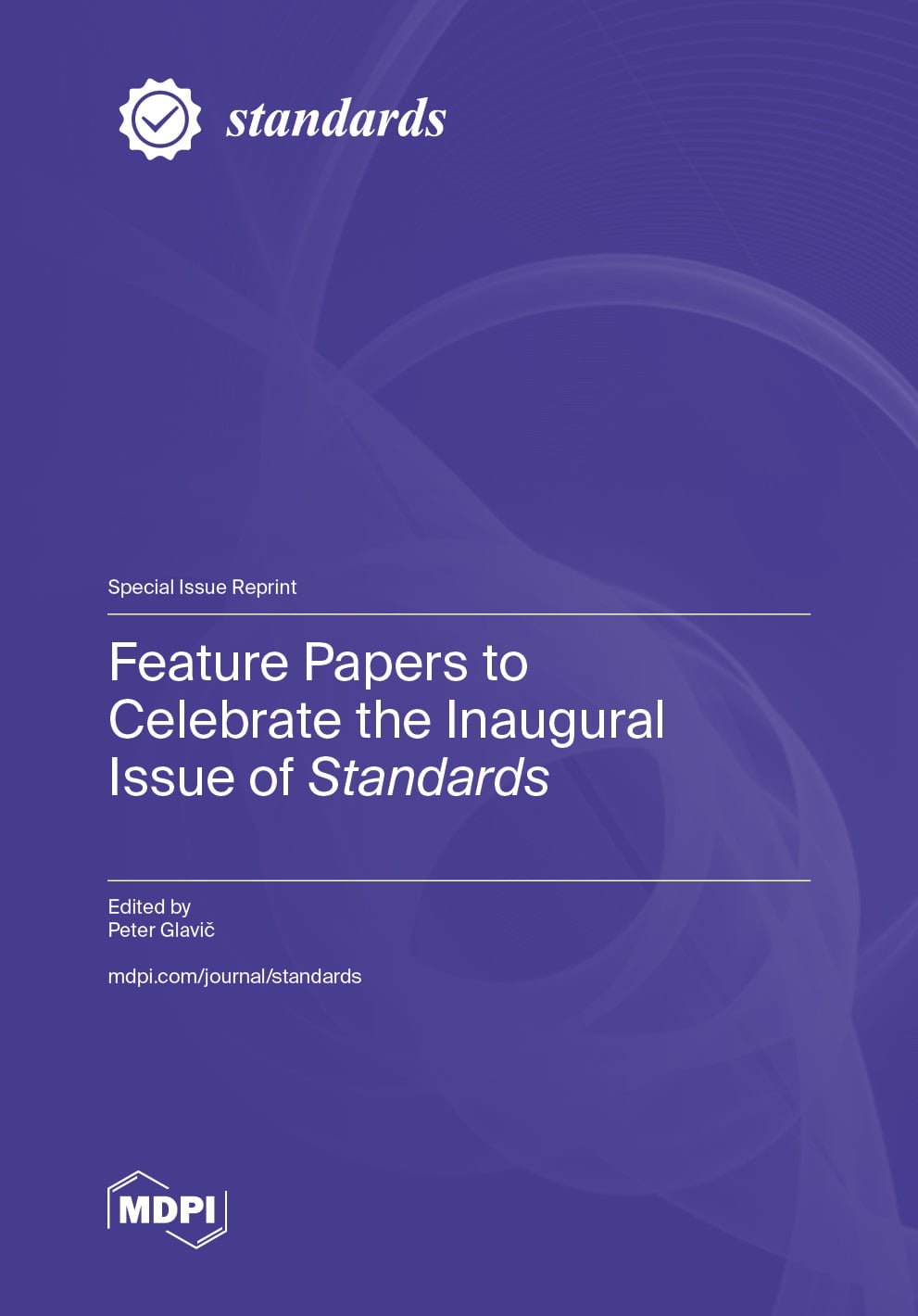- Study Protocol
A Proposal for a Retrofit Master’s Degree in University Education: Bridging the Skill Gap
- Chamara Panakaduwa,
- Paul Coates and
- Mustapha Munir
- + 2 authors
Retrofitting the UK building stock is a key priority due to the importance of achieving sustainability goals, preferably before 2050. This goal will not be achieved without reducing energy consumption and making houses more comfortable, healthier, and cheaper to heat. One of the key challenges of building retrofit is skill shortage. The retrofit industry will need a number of professionals under the roles of retrofit assessors, coordinators, and designers. However, the existing university programmes do not directly produce retrofit professionals. Most construction-related university programmes do not emphasise or introduce retrofits. To address this skill shortage, this paper proposes a master’s programme in retrofit, which is directly aimed at producing retrofit professionals. Two specialisations are recommended under the master’s programme, namely architectural design and project management, with accreditations from relevant professional bodies. The objective is to produce a market-ready graduate who can be directly employed as a retrofit assessor, coordinator, or designer. Ten syllabuses related to retrofit professional courses were analysed to design the syllabus of the proposed master’s programme. The master’s programme will help to produce industry-ready retrofit professionals through either physical or online delivery methods.
25 December 2025


![PAS 2035 professional roles [15].](https://mdpi-res.com/standards/standards-06-00003/article_deploy/html/images/standards-06-00003-g001-550.jpg)
